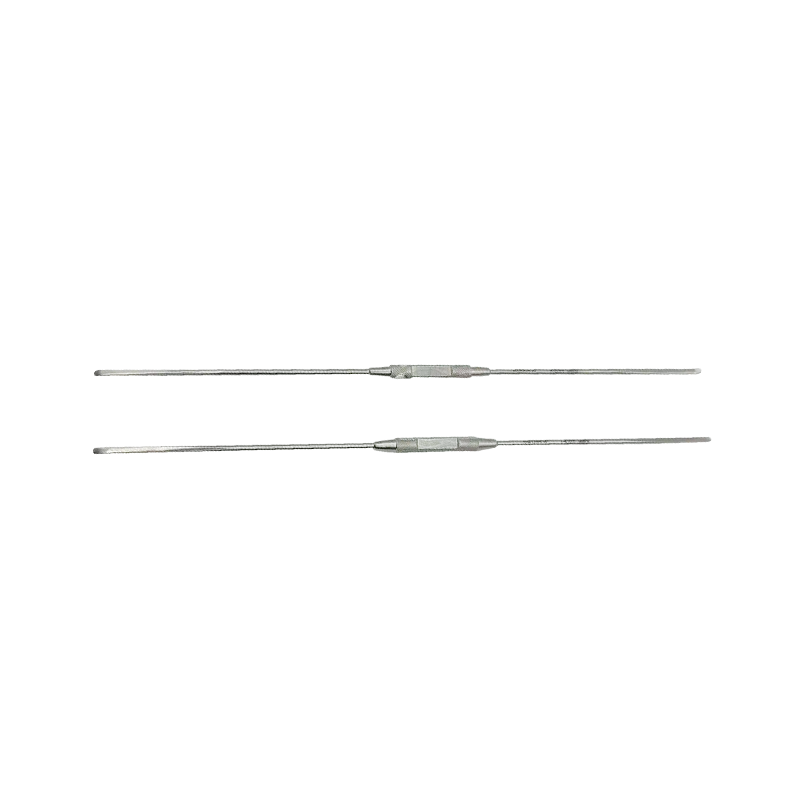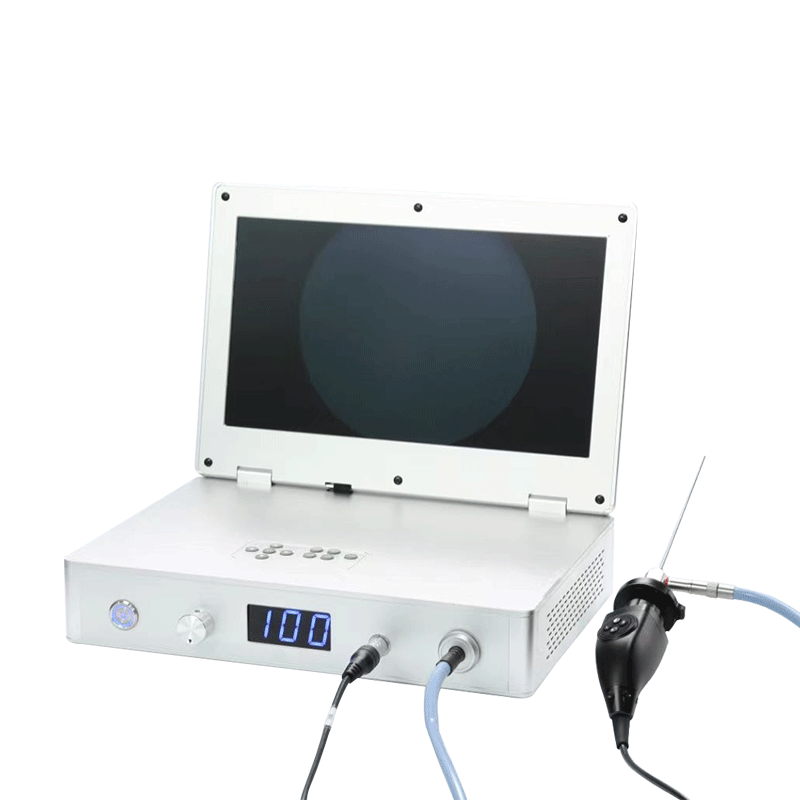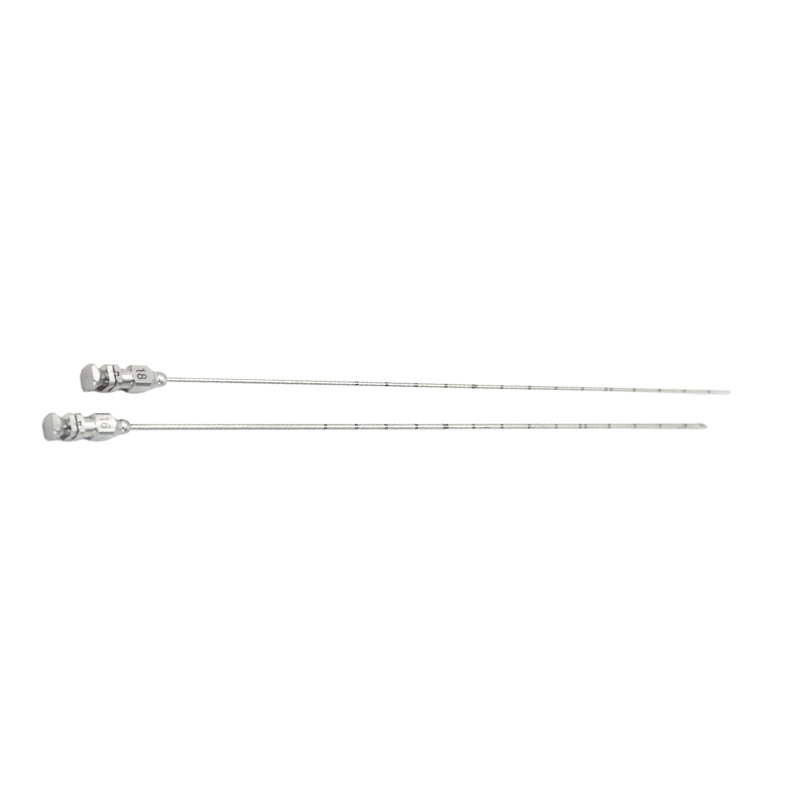Nerve strippers, often referred to by their clinical synonyms such as nerve dissectors, nerve hooks, or nerve elevators, are specialized surgical instruments essential for delicate procedures involving the nervous system. These instruments facilitate the careful separation, retraction, or removal of nerve tissue, demanding materials that are not only robust and precise but also biocompatible and easily sterilizable. The choice of material is paramount to ensure optimal performance, patient safety, and instrument longevity.
The Dominant Material: Stainless Steel
By far, the most common and widely utilized material for nerve strippers and their counterparts is stainless steel. This preference is rooted in several key properties that make it ideal for surgical applications:
-
Corrosion Resistance: Surgical environments are inherently exposed to bodily fluids, sterilization chemicals, and saline solutions. Stainless steel, particularly grades like medical-grade German stainless steel, exhibits excellent resistance to corrosion, preventing rust and degradation that could compromise the instrument's integrity and sterility.
-
Durability and Strength: Nerve strippers require a certain degree of rigidity and strength to perform their function without bending or breaking. Stainless steel provides the necessary mechanical properties to withstand the forces encountered during surgical manipulation, ensuring the instrument maintains its shape and precision over time.
-
Biocompatibility: When in contact with human tissue, surgical instruments must not elicit adverse reactions. Medical-grade stainless steel is highly biocompatible, minimizing the risk of allergic responses or tissue irritation.
-
Sterilizability: Surgical instruments must be thoroughly sterilized between uses to prevent infection. Stainless steel can withstand various high-temperature sterilization methods, such as autoclaving, without compromising its structural integrity or surface finish.
-
Ease of Cleaning: The smooth, non-porous surface of stainless steel makes it relatively easy to clean and disinfect, further contributing to its suitability for sterile environments.
-
Cost-Effectiveness: Compared to some more exotic materials, stainless steel offers a good balance of performance and affordability, making it a practical choice for widespread use in healthcare settings.
Different grades of stainless steel might be used, with specific compositions tailored for enhanced hardness, corrosion resistance, or other desirable characteristics for particular instrument designs.

Other Specialized Materials: When Precision and Specificity Matter
While stainless steel is the workhorse, some specialized nerve instruments, particularly those requiring extreme delicacy or unique properties, may incorporate or be entirely made from other materials:
-
Titanium: For instruments demanding exceptional lightness, enhanced biocompatibility, or non-magnetic properties (important in certain imaging environments), titanium can be an excellent alternative. Titanium instruments are often found in microsurgery, where the surgeon's tactile feedback and reduced hand fatigue are crucial. Its superior corrosion resistance further adds to its appeal.
-
Ceramics: In some cutting or dissecting tools, ceramic components might be used for their extreme hardness and ability to maintain a sharp edge for extended periods. However, their brittleness limits their application in instruments subject to bending or impact forces.
-
Specialty Alloys: Research and development continue to explore new alloys that offer enhanced properties, such as improved fatigue resistance or even integrated sensor capabilities for advanced surgical techniques. These are less common in standard nerve strippers but represent the cutting edge of surgical instrument material science.
Conclusion
The choice of material for nerve strippers and related instruments is a critical aspect of their design and functionality. Stainless steel, particularly its medical-grade variations, stands as the cornerstone due to its balanced properties of strength, corrosion resistance, biocompatibility, and sterilizability. As surgical techniques evolve, so too will the materials, continually pushing the boundaries of precision and safety in neurological and orthopedic procedures.

 English
English عربى
عربى Español
Español







